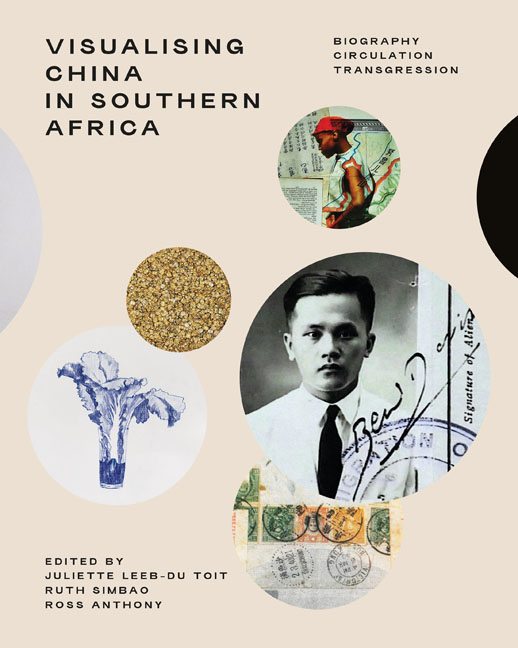12 - Seeing and Being Seen: Visualising China and the Chinese People in South Africa
Published online by Cambridge University Press: 24 November 2023
Summary
The intense engagement between Africa and China has attracted considerable attention in popular and scholarly literature. One line of study explores textual representation of the Chinese presence in Africa, using media content analysis to support complex understandings of the differentiated, contested and fluid nature of the China–Africa relationship (Wasserman 2015; Wekesa 2013; Van Staden and Wu 2019). The focus on text does, however, leave open the question of how significant imagery is in framing or counterframing the representation of China and Chinese people in Africa. Our intention in this chapter is to explore the significance of images, but to do so in a way that avoids constructing the debate simply in terms of text or image. William Mitchell (1994, 4) bridges the conventional binary of the ‘text’ and the ‘image’ through the figure of the ‘image-text’. As Mitchell (2012, 5) explains, word and image ‘complement and supplement one another, simultaneously completing and extending … woven together to create a reality’.
Attention to visual imagery is not absent within the China–Africa literature. Tu Huynh (2008) offers a pioneering exploration of the imaging through postcards of indentured Chinese mineworkers on the goldfields of the Witwatersrand in the early twentieth century (see also chapter 11), while Ruth Simbao (2012) makes effective use of a photographic still of an African wearing an American suit and the mask of a Chinese president to discuss the ambivalence of imperialism in Africa. Malcolm Corrigall (2015) explores the Chinese Camera Club of South Africa in the 1950s and 1960s, revealing a complex, intersectional sense of belonging and identity that was simultaneously local and Chinese (see also chapter 3 in this volume). Romain Dittgen and Ross Anthony (2018) have used cartoons in the African media in exploring how the persistent trope of the ‘Yellow Peril’ is embedded in contemporary South African consciousness. In taking this further, we track the evolving visual representations of China and the Chinese people in the specific setting of South Africa, with an emphasis on the ambivalence, ambiguities and contradictions in their representation.
Though fortunate that a considerable scholarship on the long history of the Chinese presence in South Africa now exists, providing contextual material to draw on, our main sources of original material were, however, South African newspapers, magazines and books, with the occasional film clip.
- Type
- Chapter
- Information
- Visualising China in Southern AfricaBiography, Circulation, Transgression, pp. 246 - 263Publisher: Wits University PressPrint publication year: 2023



